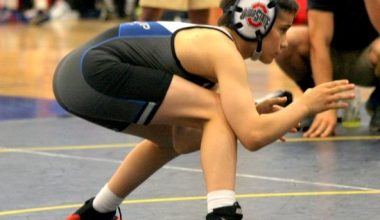Some of my wrestlers recently attended a clinic by a well known national coach and complained to me that it was “the worst camp they’ve ever gone to”. I asked why and they said “we spent 20 min talking about a move and then we only got to work it for a couple minutes. Then it was onto the next move. I left not learning anything.”
I’ve also been to clinics where it’s a a rapid fire shot gun approach. Spray 10-15 unrelated moves out there in about an hour and hope something hits. It’s constantly, “hey wait, bring it back in. I’ve got this other cool move to show you.”
I’m not sure if the clinician is just over enthusiastic by showing all the stuff they know or they just aren’t thinking about how the kids will actually learn something as a result of the clinic. I’m sure most clinicians’ intentions are good. They feel they are providing value by either showing either a high quantity of techniques or a sharing their depth of knowlege.
But that’s now how people learn. That’s not how the brain works.
I don’t always get it right, but I’m very intentional about how I structure methods of learning:
- Show enough detail to get them trying it without over explaining
- Let them try and fail and try again
- Correct or add additional layers of detail
- I may then show a video example of the move in a real match, then I say “okay, go make it look like that”. (this works great if you have a TV in the room)
- Then I’ll have them spar or go live from that same position so they can apply what they’ve learned
- Build on the series over the next few days to get reps, understand how your opponent will react and strengthen the neural connections
When it makes sense, I’ll also break down a move into smaller parts first. This builds confidence but also allows me to isolate the detail about that position without overwhelming them. Once they’ve mastered the parts, we put it all together as one.
I’m not saying my way is the only way. Just that I’ve found success in getting kids to apply what they’ve learned.






